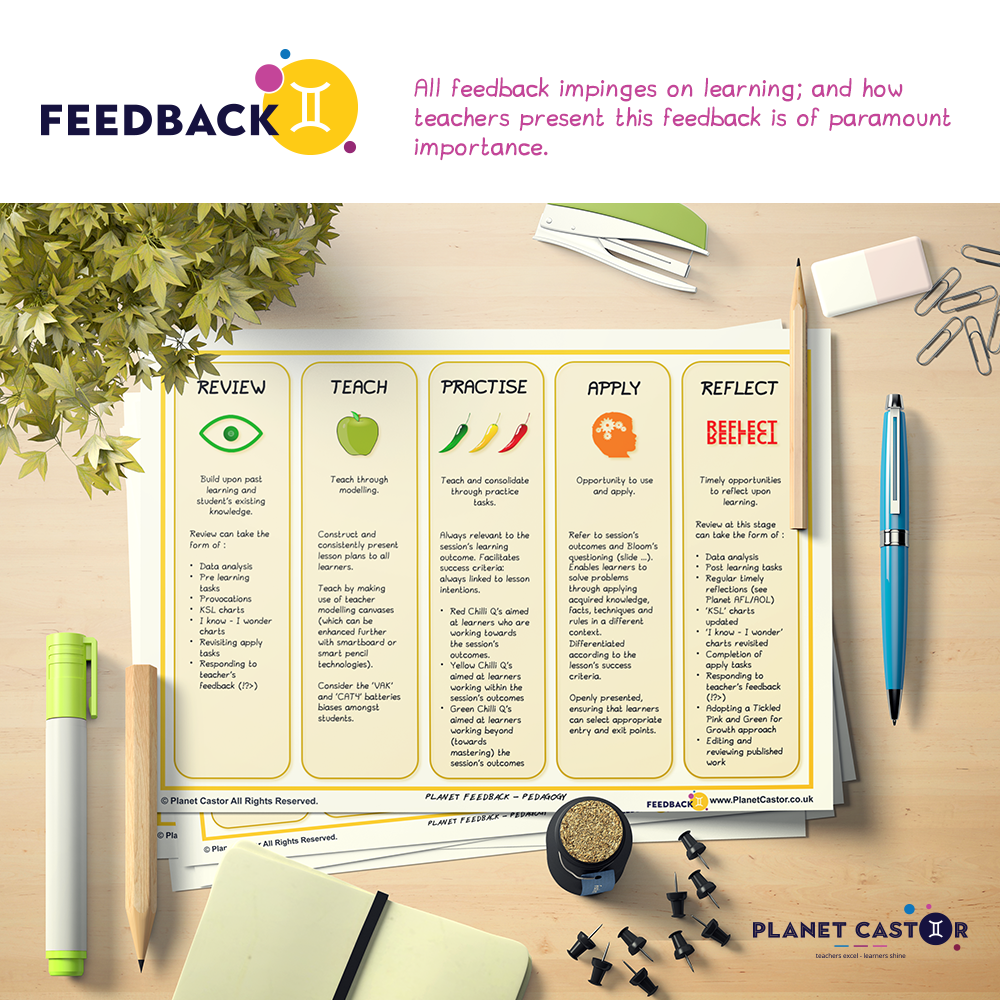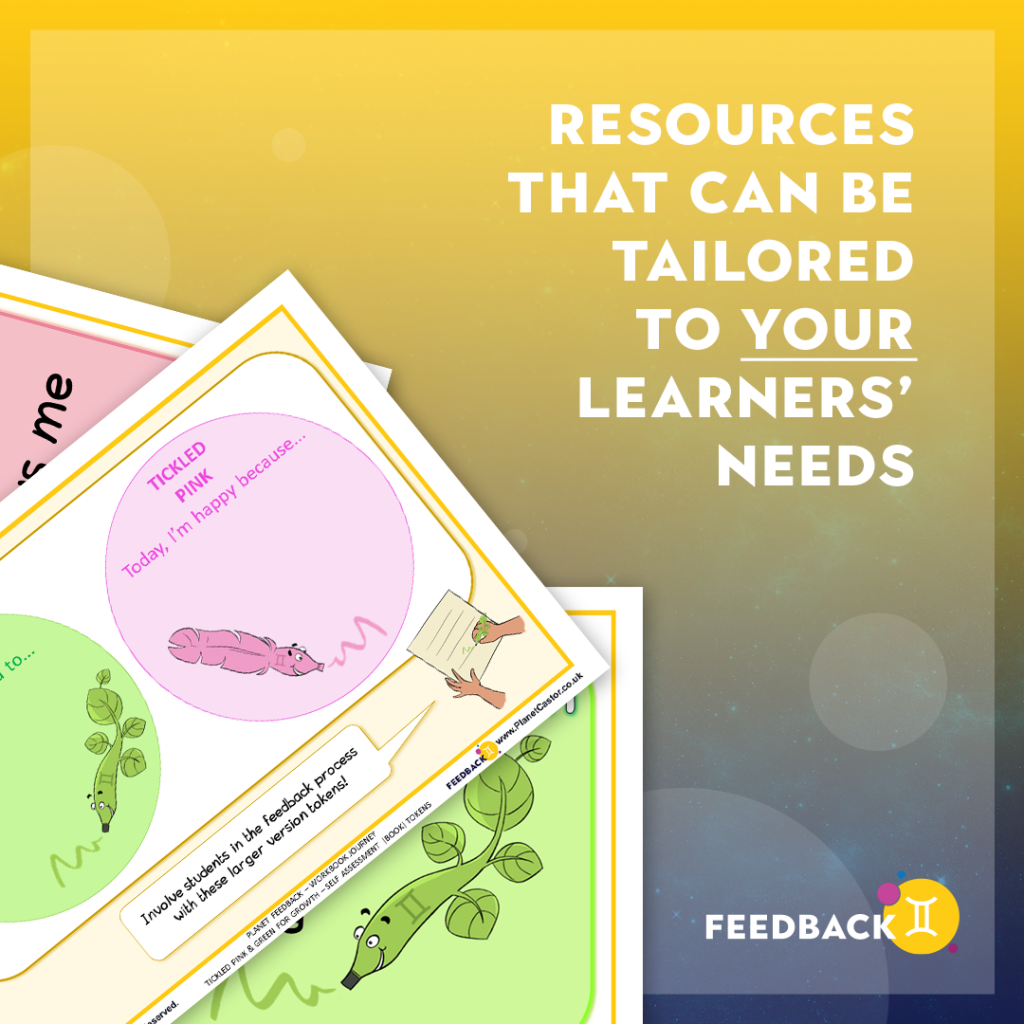How can teachers ensure that all feedback is positive and meaningful?
We all need people who will give us feedback. That’s how we improve.
Bill Gates
When this educator, while clearing out his loft, stumbled upon his old school reports, a smile grew on his face as he examined them more closely. I was looking at the last report I had for my time in primary school. It consisted of a dozen ticks—used to indicate my effort and grades—and concluded with a single sentence: “He needs to listen more carefully in lessons.” Listen to what? When flicking through some of my exercise books that I still possessed I was reminded that I would have been lucky to be awarded a complete tick let alone some form of guidance. My learning was littered with flicks, signifying that my teacher had merely seen my work.
Marking does take time and can be onerous, but education research has shown us that it is indeed feedback that has the biggest effect on the progress a student makes.
After practising many different strategies in my own efforts not to emulate my former teachers, I was delighted when someone introduced the concept of using a “tickled pink” and “green for growth” approach. On paper, my former students and observers were more than happy with what they were seeing; however, I knew that the approaches I was taking towards giving feedback were not sustainable and did not resonate with all my learners. Two very simple colours opened my eyes and encouraged me to think about the different forms of feedback my learners could receive.
When researching types of constructive feedback, I often found these generalisations:
- Negative feedback: Corrective comments about past actions.
- Positive feedback: Affirming comments about past actions.
- Negative feedforward: Corrective comments about future actions.
- Positive feedforward: Affirming comments about future actions.
All of us know how adults—let alone children—react to negative comments. All feedback impinges on learning. How teachers present this feedback is of paramount importance. The “pink” and “green” approach enhances the feedback process.
Planet Castor appreciates all forms of feedback. When teachers have made use of our toolkits—casting out outstanding lessons onto the stage of their own learners—they may like to use our social media platforms to celebrate such “tickled pink” and “green for growth” moments, thus helping others to learn from their successes.



Leave a Reply